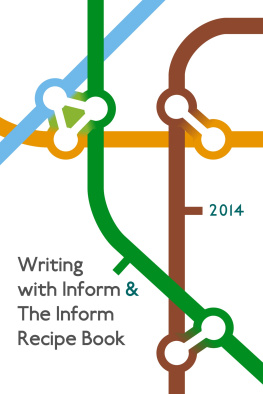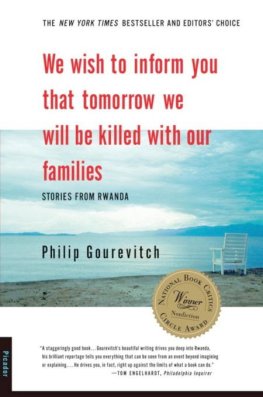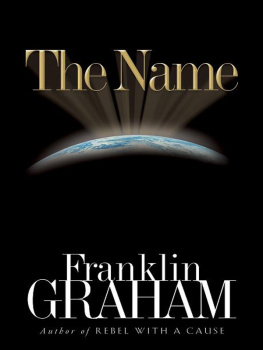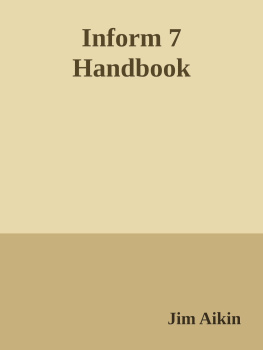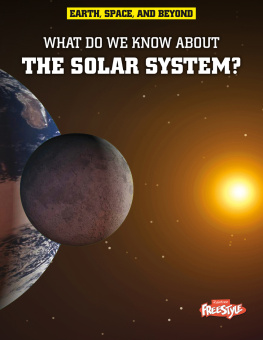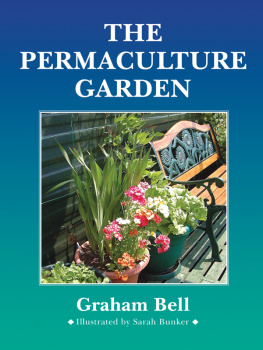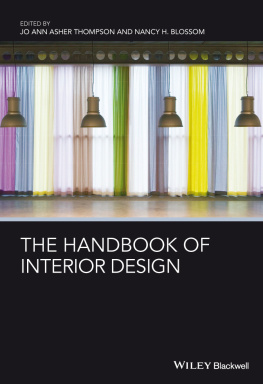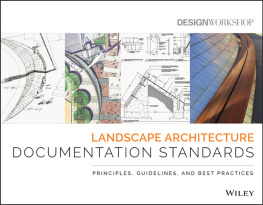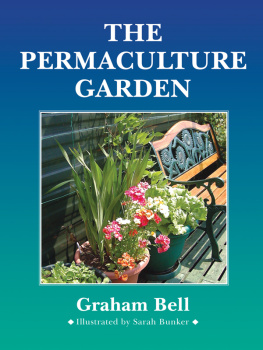Graham Nelson - Inform - A Design System for Interactive Fiction
Here you can read online Graham Nelson - Inform - A Design System for Interactive Fiction full text of the book (entire story) in english for free. Download pdf and epub, get meaning, cover and reviews about this ebook. year: 2015, publisher: www.inform7.com, genre: Computer / Science. Description of the work, (preface) as well as reviews are available. Best literature library LitArk.com created for fans of good reading and offers a wide selection of genres:
Romance novel
Science fiction
Adventure
Detective
Science
History
Home and family
Prose
Art
Politics
Computer
Non-fiction
Religion
Business
Children
Humor
Choose a favorite category and find really read worthwhile books. Enjoy immersion in the world of imagination, feel the emotions of the characters or learn something new for yourself, make an fascinating discovery.
- Book:Inform - A Design System for Interactive Fiction
- Author:
- Publisher:www.inform7.com
- Genre:
- Year:2015
- Rating:3 / 5
- Favourites:Add to favourites
- Your mark:
- 60
- 1
- 2
- 3
- 4
- 5
Inform - A Design System for Interactive Fiction: summary, description and annotation
We offer to read an annotation, description, summary or preface (depends on what the author of the book "Inform - A Design System for Interactive Fiction" wrote himself). If you haven't found the necessary information about the book — write in the comments, we will try to find it.
Inform - A Design System for Interactive Fiction — read online for free the complete book (whole text) full work
Below is the text of the book, divided by pages. System saving the place of the last page read, allows you to conveniently read the book "Inform - A Design System for Interactive Fiction" online for free, without having to search again every time where you left off. Put a bookmark, and you can go to the page where you finished reading at any time.
Font size:
Interval:
Bookmark:
Part I. Writing with Inform
Chapter 1: Welcome to Inform
1.1. Preface
Welcome to Inform, a design system for interactive fiction based on natural language.
Interactive fiction is a literary form which involves programming a computer so that it presents a reader with a text which can be explored. Inform aims to make the burden of learning to program such texts as light as possible. It is a tool for writers intrigued by computing, and computer programmers intrigued by writing. Perhaps these are not so very different pursuits, in their rewards and pleasures.
The sheer joy of making things... the fascination of fashioning complex puzzle-like objects of interlocking moving parts and watching them work in subtle cycles... the delight of working in such a tractable medium. The programmer, like the poet, works only slightly removed from pure thought-stuff. He builds his castles in the air, from air, creating by exertion of the imagination. (Frederick P. Brooks, "The Mythical Man-Month", 1972)
Writing with Inform is one of two interlinked books included with Inform: a concise but complete guide to the system. The other book is The Inform Recipe Book , a comprehensive collection of examples, showing its practical use. If you are reading this within the Inform application, you will see that the Writing with Inform pages are on "white paper", while the Recipe Book is on "yellow paper".
These notes are arranged so that the reader can, in principle, write whole works of fiction as early as the end of Chapter 3. Each subsequent chapter then extends the range of techniques available to make livelier and more intriguing situations.
This new release of Inform ("Inform 7", the seventh major version since 1993) is a radical departure from most previous approaches to interactive fiction. In particular, it is very different from Inform 6, which newcomers will not need to know anything about. Inform 6 sits inside Inform 7, and is part of the inner workings, but is not visible from the outside. For information about Inform 6, see www.inform-fiction.org .
Programming is best regarded as the process of creating works of literature, which are meant to be read... so we ought to address them to people, not to machines. (Donald Knuth, "Literate Programming", 1981)
for a chance to try out the cross-referencing links in Writing with Inform - click on the red asterisk or the name of the destination to go there
1.2. Acknowledgements
Inform 7 is dedicated to Emily Short and Andrew Plotkin, whose shrewd and sceptical suggestions made a contribution which can hardly be overstated. A long email correspondence with Andrew entirely subverted my original thoughts about natural-language IF, as he convinced me that the "new model" of rule-based IF was a truer foundation; while Emily's wry, witty analysis and how-about-this? cheered me at low moments, besides providing the impetus and often the specifics for a lot of the best ideas.
From the outset, I have thought of Inform 7 as no longer being a command-line compiler, but a compiler in combination with a humanising user interface. All credit for the reference implementation under Mac OS X belongs to Andrew Hunter. How simple the metaphor of an interactive book with facing pages may seem, but the coding was an enormous challenge. In 2014 Toby Nelson, the author's brother, put months of time into the project by rewriting and modernising the Mac OS X application: sandboxing it for the Mac App Store, giving it a more contemporary design, and much more.
Though David Kinder's Windows application does indeed visually follow the OS X original, the two programs were coded independently, and the programming task taken up by David was formidable indeed. Philip Chimento's Gnome-based user interface for Linux became officially part of the project in November 2007, when the first easy-to-install packages for Ubuntu and Fedora were offered. Philip's efforts were particularly generous since the early stages of Inform-for-Linux were so tentative: for many months, we weren't sure how to go about the project, and during that time Philip quietly wrote us a solution. Adam Thornton continues to support Inform at the command line on Unix-like systems.
Inform in its widest sense incorporates work by so many people that it's simply impossible to thank all of them, but Erik Temple, Dannii Willis, Ron Newcomb, Eric Eve and Juhana Leinonen all deserve special mention. More than 250 users have filed patient and careful bug reports, keeping us on the straight and narrow. They're contributors, too.
It's perhaps surprising that the Inform application gained its first online component only in 2014, but the Public Library of Extensions, and its discussion forum, make a brave step into the modern age. Mark Musante, our Extensions librarian, Dannii Willis and Justin de Vesine have been a great help in setting this up.
The original development of Inform 7 was a long haul, and I would particularly like to thank Sonja Kesserich, David Cornelson and other volunteers for their early testing of a then-fragile system. The final months before the Public Beta release of Inform 7 were made more enjoyable, as well as more productive, by fruitful discussions leading to a cross-platform standard for bibliographic data and cover art. L. Ross Raszewski, who wrote frighteningly efficient reference software in frighteningly little time; the librarians of the IF-Archive, Andrew Plotkin, David Kinder and Paul Mazaitis; and my fellow authors of IF design systems - Mike Roberts (of the Text Adventure Development System); Kent Tessman (of Hugo); and Campbell Wild (of ADRIFT).
This EPUB edition of the documentation was greatly assisted by excellent advice published by Liza Daly, an old friend of Inform's who also helped construct our website.
1.3. The facing pages
On most computers, Inform runs in a single main window which is an opened book showing two facing pages. As we shall see it behaves as if these pages are in dialogue with each other: for the most part we write on the left hand page and see responses appear on the right. But all is controllable. The margin between the two pages can be dragged back and forth like the slide on a trombone: each page can be made smaller that the other may grow larger. Moreover, each page can display one of a number of displays relevant to the current project, called "panels", one of them being the Documentation panel which displays a screen-readable copy of this manual. The vertical strip of choices at the right hand margin of each page allows you to choose between panels. (The same panel can be showing on both pages at the same time, if that's useful.)
At the start the only panels available are a blank space in which to write the first lines of a new interactive fiction - the Source panel - and this one, the Documentation. Clicking on the other choices will do nothing.
The exception is the Settings panel, which contains some preference settings for the individual project - not the whole application. This is always available, but it controls settings which can be left alone almost all of the time.
1.4. The Go! button
Clicking the Go button translates the text in the Source panel into a computer program which enacts the interactive fiction, and automatically sets it going (in the Story panel, which opens as needed).
If the Source is empty of text, Inform will be unable to create anything: it needs at least one name of a location where the drama can unfold. For reasons of tradition, such locations are normally called "rooms", though people have used them to represent anything from grassy fields to states of mind and other metaphorical places.
"Midsummer Day"
The Gazebo is a room.
Clicking Go with this text in the Source panel will result in a short delay, after which the Story panel will appear, from which we can explore this newly created world: an interactive fiction called "Midsummer Day". It will not be very exciting, since Inform has only five words to go on, but we can add more detail to the source at any point and then click Go again to try out the changes. (Note that there is no need to "quit" these explorations in the Story panel. When Go is clicked, any story already in progress is discarded in favour of the new version.)
Next pageFont size:
Interval:
Bookmark:
Similar books «Inform - A Design System for Interactive Fiction»
Look at similar books to Inform - A Design System for Interactive Fiction. We have selected literature similar in name and meaning in the hope of providing readers with more options to find new, interesting, not yet read works.
Discussion, reviews of the book Inform - A Design System for Interactive Fiction and just readers' own opinions. Leave your comments, write what you think about the work, its meaning or the main characters. Specify what exactly you liked and what you didn't like, and why you think so.

